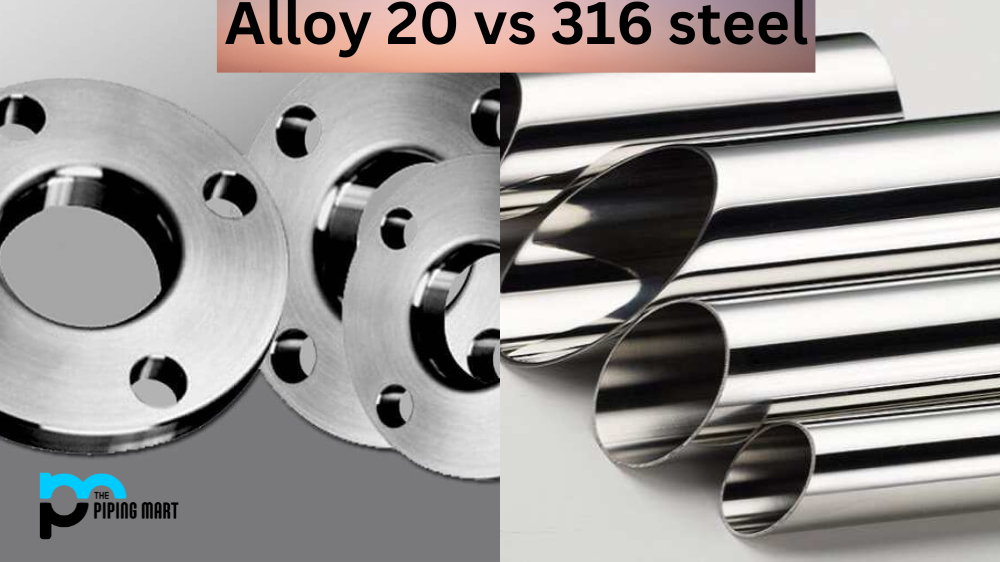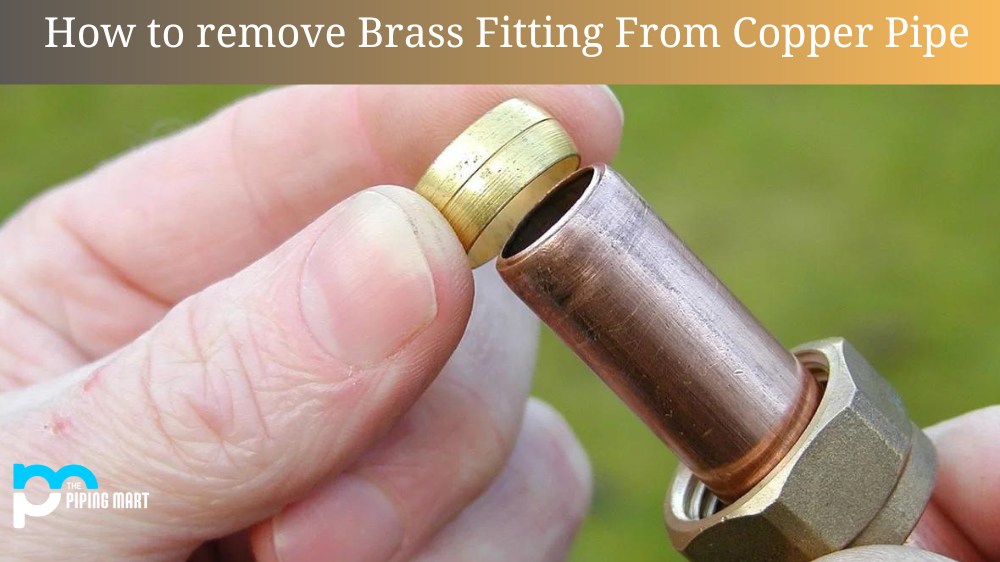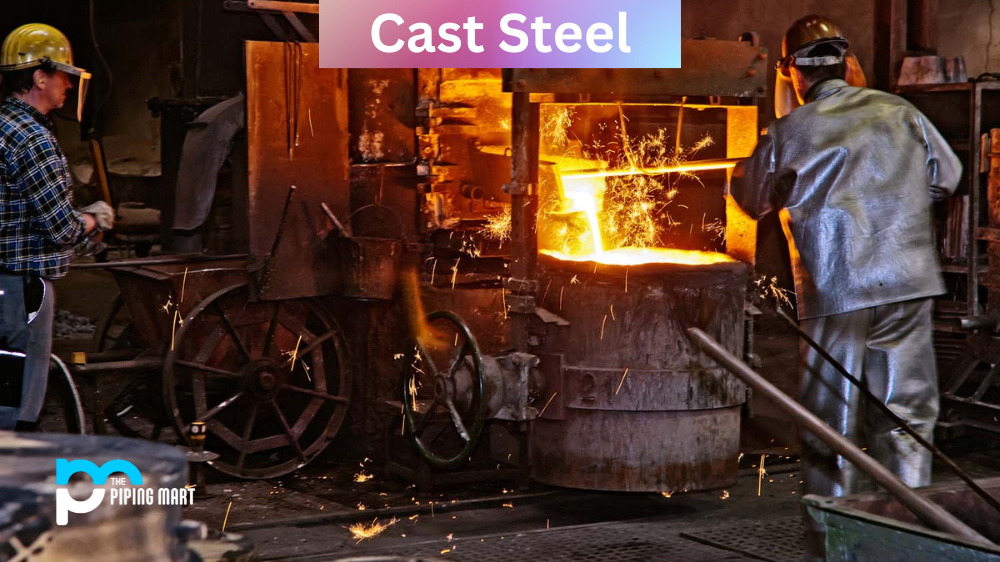When it comes to stainless steel, there are many grades and alloys to choose from. While both Alloy 20 and 316 Stainless Steel belong to the 300 series of stainless steel grades, they have different properties that make them better suited for certain applications. Let’s take a closer look at how these two materials compare.
Alloy 20 Stainless Steel Properties
Alloy 20 is a nickel-iron-chromium alloy that contains cobalt and molybdenum. This combination of metals makes Alloy 20 corrosion-resistant and very durable. It also has good heat resistance, making it well-suited for high-temperature applications such as chemical processing plants or petrochemical refineries. It is also often used in food processing because its composition is non-magnetic, which helps prevent contamination from magnetic particles.
316 Stainless Steel Properties
316 stainless steel is an austenitic chromium-nickel stainless and heat-resisting steel with remarkable resistance to corrosion in comparison to other steels when exposed to outdoor elements like seawater. As 316 contains molybdenum, it has a higher resistance to chemical attack than type 304. This grade of steel is particularly effective in acidic environments, as it resists chloride ion stress corrosion cracking. It is commonly used in pharmaceutical production due to its high tensile strength and low cost of maintenance.
Difference Between Alloy 20 Stainless Steel and 316 stainless steel
Alloy 20 stainless steel, or Carpenter 20, is a highly corrosion-resistant alloy made of nickel, chromium, molybdenum and copper. This alloy is superior to 316 stainless steel in many applications due to its improved resistance against the likes of chloride pitting and crevice corrosion. In contrast, 316 stainless steel contains molybdenum as well as nickel and chromium, but also includes small amounts of manganese and nitrogen. These additional elements make it well-suited for more hostile environments than Alloy 20 while also offering enhanced formability and weldability. Ultimately these differences allow both alloys to serve different purposes in different industries.
Chemical Composition
One of the main differences between Alloy 20 and 316 stainless steel is their chemical composition. Alloy 20 is made up of chromium, nickel, molybdenum, copper, and iron. 316 stainless steel, on the other hand, is made up of chromium, nickel, and molybdenum.
Tensile Strength
Another difference between Alloy 20 and 316 stainless steel is their tensile strength. Alloy 20 has a higher tensile strength than 316 stainless steel. This means that it is better able to resist being pulled or stretched without breaking.
Yield Strength
Alloy 20 also has a higher yield strength than 316 stainless steel. This means that it can support more weight without being deformed.
Corrosion Resistance
Alloy 20 is more resistant to corrosion than 316 stainless steel. This is due to the fact that it contains more chromium and nickel, which are both elements that help to resist corrosion.
Cost
Finally, another difference between Alloy 20 and 316 stainless steel is their cost. Alloy 20 is typically more expensive than 316 stainless steel because it is more resistant to corrosion and has a higher tensile strength.
Conclusion
Both Alloys 20 and 316 stainless steel are excellent materials for use in various applications where durability and corrosion resistance are important factors. However, depending on the specific needs of your project, one may be more suitable than the other. If you need a material that can withstand extreme temperatures or is non-magnetic for food processing applications, then Alloy 20 might be your best choice. On the other hand, if you need greater corrosion resistance or require an austenitic material for pharmaceutical production, then 316 stainless steel may be the right choice for you. Ultimately, it all depends on your individual project requirements when deciding which grade of stainless steel will work best for you!

A passionate metal industry expert and blogger. With over 5 years of experience in the field, Palak brings a wealth of knowledge and insight to her writing. Whether discussing the latest trends in the metal industry or sharing tips, she is dedicated to helping others succeed in the metal industry.




